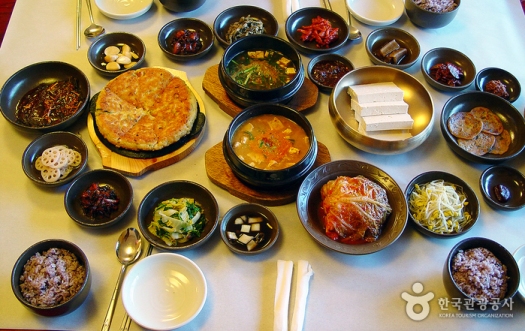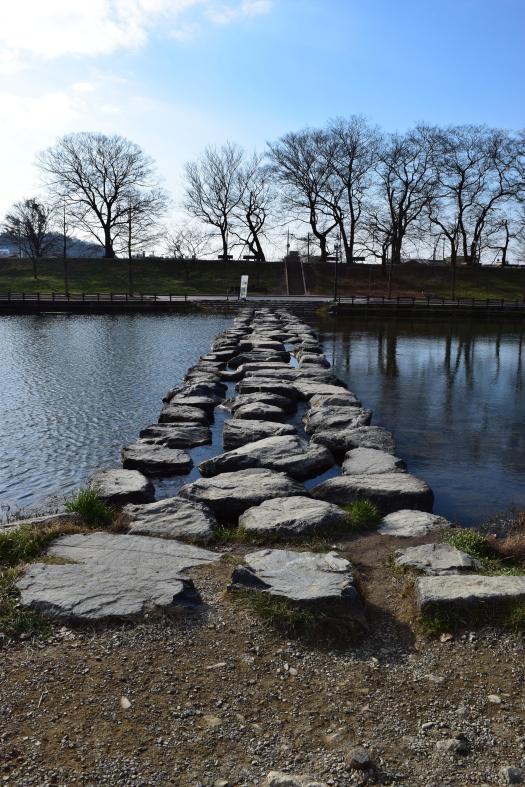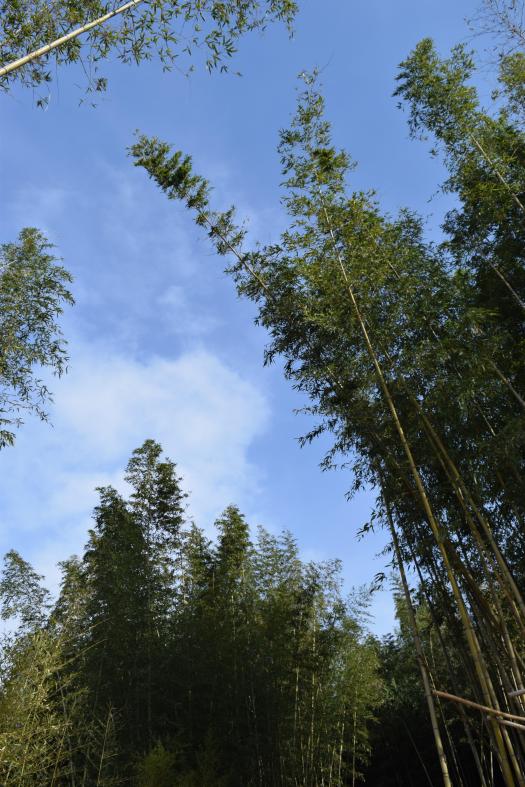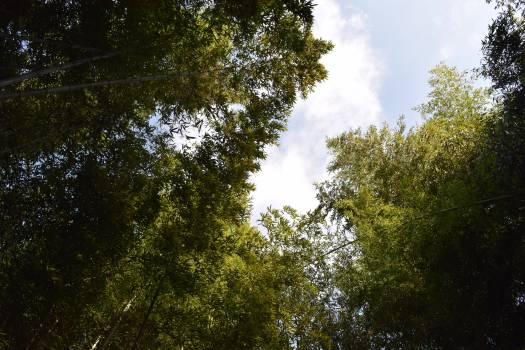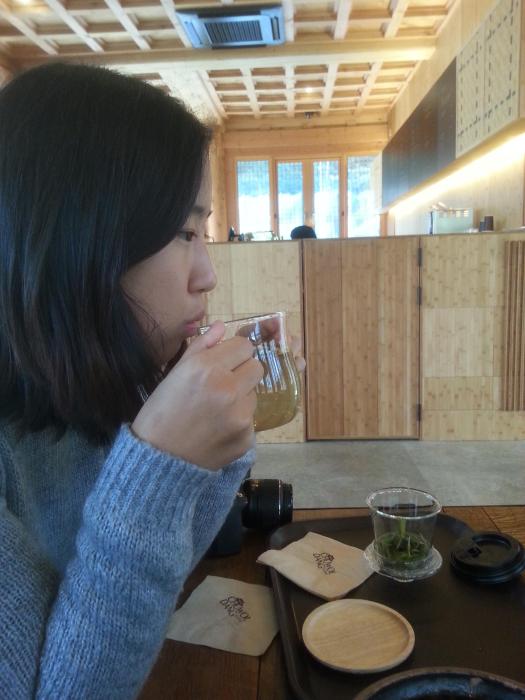Before heading to Taiwan, I finally had the chance to do something that I’ve wanted to do for a few years now – participate in a Buddhist temple stay. While I’m not particularly religious, I do consider myself at least a little bit spiritual, and I think it’s absolutely paramount that we take regular breaks not only for our physical health, but for our spiritual and emotional wellness as well. That belief, combined with my love for traditional Korean Buddhist architecture, something I’ve inherited from my dad, culminated in my desire to experience life in a Buddhist temple.
Jingwansa (진관사) is one such temple, established in 1010 by King Hyeonjong, the 8th ruler of the Goryeo dynasty of Korea. A devout Buddhist, Hyeonjong was also responsible for overseeing the design and creation of the first Tripitaka Koreana (팔만 대장경), a collection of wooden printing blocks depicting the entire Buddha cannon in Hanja script. Unfortunately, the original was destroyed in flames during the Mongol invasions of Korea in 1232, but in the 13th century, they were recreated by King Gojong. The blocks are now designated as the 32nd national treasure of Korea, as well as a UNESCO World Heritage Site (along with the temple the blocks are housed in, Haeinsa (해인사)).

Sadly, the original Jingwansa was destroyed during the Korean War in the early 20th century. In 1963, under the instructions of Bhikkuni Choi Jin Gwan (비구니 최진관), Jingwansa was reconstructed as close to the original, based on historical documents and photographs. Known for being a bikkhuni temple (a temple tended by female Buddhist nuns), Jingwansa has rapidly become a beautiful and well-maintained area.

In addition to Korean, the temple offers stays in English. The temple is also home to one of the country’s most well-known research centers of Buddhist food, so you can also have a taste of the delicious vegetarian foods available to monks and nuns.
Upon arriving at the temple, we were shown to our room for the night. A small and modest, but comfortable room, we were located in a small separated area of the temple which assured us silence and privacy. From our location, we would have to cross a short stone bridge to get to the main temple grounds.

The afternoon’s activities consisted of ringing the bell to signify the beginning of evening prayers, the evening prayers themselves, meditation, and an early bedtime/curfew. After 9PM, we were asked to refrain from leaving our rooms or at the very least, crossing the stone bridge to the main grounds, for fearing of startling the bikkhunis. Not that I had any desire to stay up any later than 9PM, as we had to wake up at 3AM the next day for morning prayers (optional, but I wanted to get the full experience).

One tiring but fulfilling experience was the 108 Prostrations at the 3:30AM morning prayers. In Zen and Mahayana Buddhism, prostrations are done to reinforce the ideal of throwing everything away by bowing down to our internal Buddha-nature. This includes obsessions to the possession of material goods, greed, envy, anger, and conceit. In the words of Roshi Philip Kapleau:
“The act of unself-conscious prostration before a Buddha is…possible under the impetus of reverence and gratitude. Such ‘horizontalings of the mast of ego’ cleanse the heart-mind, rendering it flexible and expansive, and open the way to an understanding and appreciation of the exalted mind and manifold virtues of the Buddhas and patriarchs. So there arises within us a desire to express our gratitude and show our respect before their personalized forms through appropriate rituals.”
While that may be a lot to take in, it was easier to understand when you partook in the prostrations. Possessing and exhibiting the self-discipline to rise at 3:00AM, prepare your mind and body for meditation and prostrations, and committing yourself to 30~40 minutes of physically exhausting and numbing prostrations with the drone of Buddhist chants in the background, you reach a strange and inexplicable mental state where you are simultaneously intensely focused on achieving inner peace, and detached from ugly emotions and unnecessary desires.
The following day, we had the opportunity to participate in a tea ceremony and talk with a bikkhuni. Sipping thick and sweet jujube tea, we listened to the nun as she spoke to us, in her unaffected, down-to-earth vernacular, about how we can achieve maximum happiness. There is no way I could do her sermon any justice by repeating the gist of what she said here in this blog, but suffice it to say it was immensely moving and uplifting for everybody present.

Whether you are Christian, Muslim, Hindu, atheist, or anything else, I highly recommend participating in a temple stay if you have the time. Past the boundaries of religion, we all strive for the same goal of internal peace and happiness, and I feel that my experience at Jingwansa was both enlightening and refreshing. Despite having entered the program with a slightly cynical attitude, I left feeling lighter, both emotionally and spiritually, and I look forward to participating in more temple stays in the future.
Signing off,
Marie







